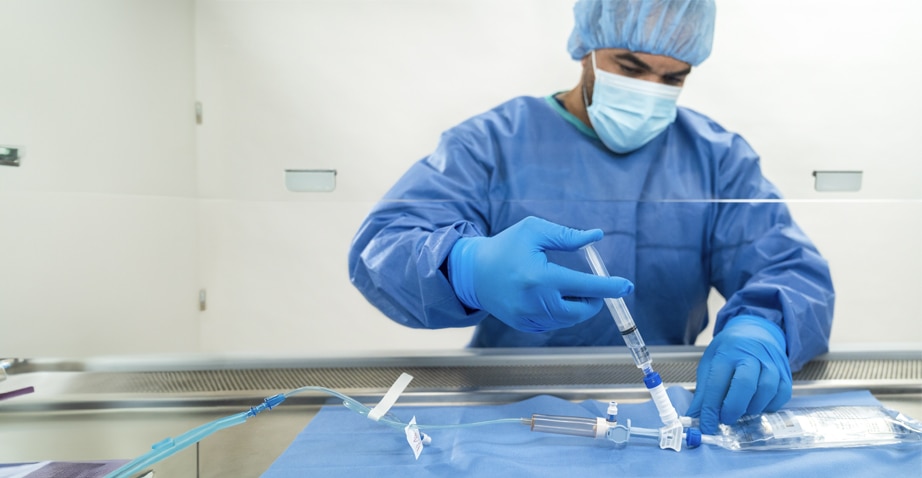Given the 11/1/23 enforcement date of the new United States Pharmacopeia (USP) standards for <795> and <797>, and the corresponding compendial applicability of <800> and <825>, we spent a large portion of the meeting focused on adherence barriers and solutions.1,2 One of the largest barriers of revised standard implementation included staff education of new requirements. While attendees felt confident training pharmacy personnel on USP <797> and <800>, the providers were warier of the implications of <795> and non-pharmacy personnel education of <800>. One contributing factor is ambiguity regarding how regulating bodies (e.g., state boards of pharmacy and The Joint Commission) will enforce the new standards. While we expect this factor to be mitigated over time, possible solutions offered by the group included leveraging technology to manage and track personnel training, contracting with independent consultants to assist with education and competency creation, and standardizing assessment toolsets. The expert committee also elicited two calls to action: technology vendors must provide a more connected database to manage hazardous medications between electronic health records (EHRs) and automation, and IV workflow management solutions must provide customization to allow for nonsterile compounding guidance.
The other main topic related to updated USP standards was the burden placed on pharmacy with the new competency assessment requirements in <797>. The new standards increase the frequency in which each compounding personnel must be evaluated.1 The revised standard also increased how often environmental monitoring, such as surface sampling, must be completed.1 Attendees expect these new requirements to have a negative effect on labor and supply cost. Additionally, they are bracing for regulatory bodies to scrutinize their logs and records during routine inspections. Members offered that they are vetting and utilizing technology solutions with enhanced reporting capabilities to help manage and prepare for the changes.
